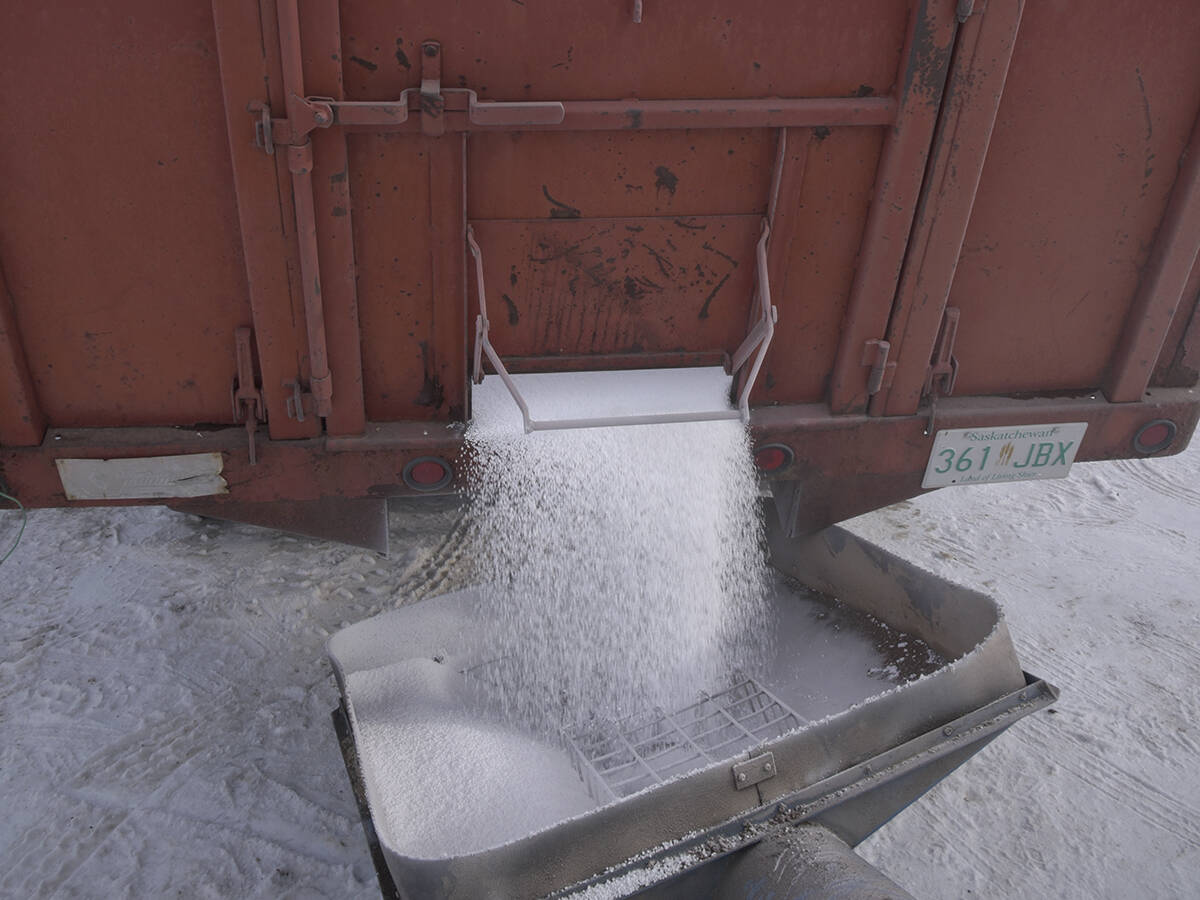Saskatchewan producers are becoming more interested in incorporating nitrogen-fixing fababeans into their rotations.
An estimated 15,000 acres were planted in the province last year, up from 10,000 acres in 2008.
Although fababeans are the most efficient nitrogen-fixing grain crop on the Prairies, little research has been done on the benefits of including them in rotations.
Provincial crop specialist Sherrilyn Phelps told the Saskatchewan Soil Conservation Association annual conference that fababeans fix as much nitrogen as alfalfa or sweet clover and mature at 105 to 112 days.
Fababeans include varieties for human consumption and low tannin varieties for livestock feed. They can also be a green manure crop.
Read Also

Urea prices heading higher: analyst
A fertilizer market analyst thinks urea prices have bottomed out and are heading higher through the first quarter of 2026.
Phelps updated producers on projects undertaken by the Western Applied Research Corp., a nonprofit producer organization at Scott, Sask.
One study is looking at intercropping fababeans and barley.
Fababeans are usually straight combined, but Phelps said weather sometimes interferes with those plans. Intercropping could provide an opportunity to swath the crop and improve harvestability, she said.
Two years of intercropping studies used two barley varieties, three seeding rates and two harvest techniques. Copeland, a taller barley, and Bold, a semi-dwarf, were chosen. The seeding rates were zero, eight and 16 kilograms per acre. The latter two rates are one-quarter and one-half of the recommended rates.
The fababeans were seeded in early May and the barley 14 days later, perpendicular to the beans.
Some plots were swathed 10 days before harvest. Other plots were straight combined. Results showed no significant differences between either harvesting method.
However, yields were affected by seeding rates.
“It affected the beans, not the barley,” Phelps said.
Fababean yield decreased as barley seeding rates increased. There was no total yield difference when the rate increased from one-quarter to one-half, but the bean yield was double at the lower seeding rate.
“This suggests that rates lower than 0.25X (barley) could be evaluated as potential intercrop,” said a written report of the study.
Phelps said the research also studied the economics of intercropping.
Using price data from North West Terminal and West Central Pelleting in December 2009, researchers calculated net income of barley alone at $214 per acre and fababeans alone at $127. Intercropped, the result was $143.
“If you didn’t have to clean out the fababeans, you would actually be gaining close to ($32),” Phelps said.
She said more research is needed under real field situations.















